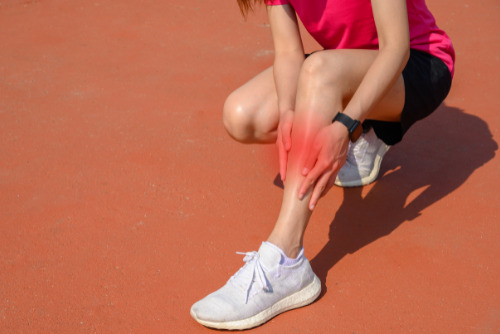Shin Splints
This article does not constitute as medical advice.
If you are experiencing symptoms of shin splints, contact your doctor or make an appointment.
This article does not constitute as medical advice.
If you are experiencing symptoms of shin splints, contact your doctor or make an appointment.
The tibia, also known as the shin, is the large bone in the front of your leg under your knee. When overworked, inflammation and micro-tears in the tissues surrounding the shins occur, causing shin splints. This condition can also be called medial tibial stress syndrome (MTSS). MTSS is common in runners and other athletes. If not properly treated, this injury can lead to a tibial stress fracture which is a lot more severe and can put athletes out of commission for an extended period of time. Learn about how to prevent and treat MTSS here:
MTSS is common in athletes and those who are always on the move. Here are other common causes that aggravate this injury:
Pain is a telltale sign of MTSS. Other symptoms of this condition include:
Resting from your activity is the best way to treat MTSS. However, this injury can be prevented altogether with proper training techniques. Here’s how:
Prevention:
Treatment
